To pick just 10 of the best hikes in the Andes is an intimidating, perhaps even foolish, endeavour. But when wanderlust takes over and we find ourselves staring down the mighty Torres del Paine on the W Trek, climbing to Cotopaxi in Ecuador or looking out over Machu Picchu, we suppose being a fool isn’t so bad - if it ends up taking you some nice places.
The Andes are the longest continental mountain range in the world, running 6,999km along the western edge of South America with an average height of 4,000m. They run through seven countries - Venezuela, Colombia, Ecuador, Peru, Bolivia, Chile and Argentina - and with an average height of around 4,000m, they’re the tallest mountain range outside of Asia.
The Andes are the longest continental mountain range in the world, running 6,999km along the western edge of South America...
The Spanish conquistador Pedro Cieza de León wrote that the Andes were “the greatest in the world” in 1550, writing in awe of the mountains, “some of them covered with snow and other belching fire.” In 1932, the American journalist Carleton Beals wrote that the Andes were “too brutal, too vast, too remote” and that they “lifted me to frightful agony of body and soul, to grand awe.” Paul Theroux later wrote of the “astonishing” beauty of the Andes, while questioning how one word, “Andes” could be used to describe such an enormous range of mountains.
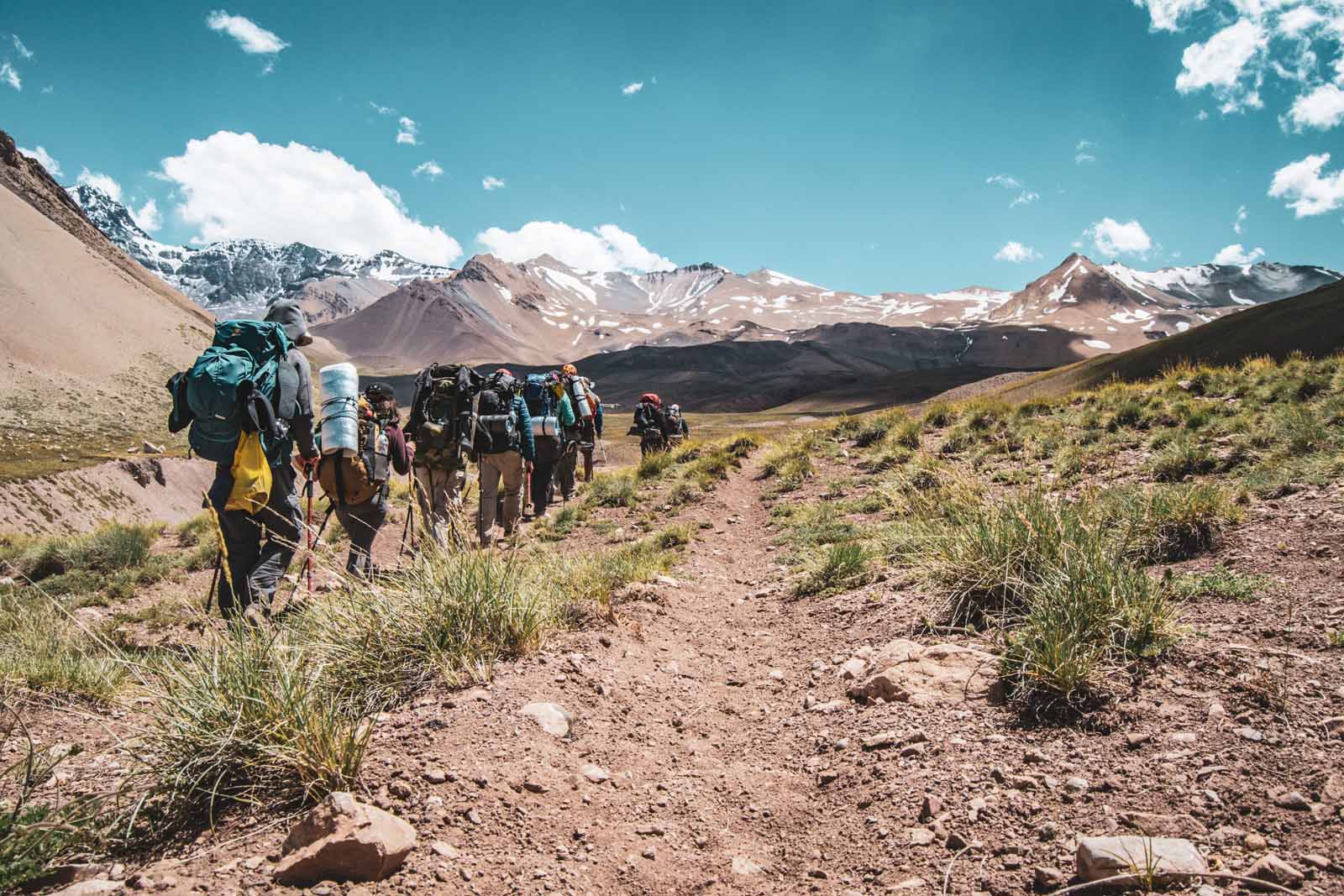
Indeed, the Andes are 40 millions years old and they are still rising today, Jason Wilson, author of The Andes, writes “mainly because of the crunching up of granitic matter from tectonic plates and sudden irruptions of magma from volcanoes.” This is the land where Darwin explored, where indigenous people have lived for generations, and where more recently, where many of the most gripping stories in mountaineering and adventure have been born. It is a land of immense mountains, bright and vibrant biodiversity, powerful glaciers, erupting volcanoes, abundant plant species and endless valley views. It can also be extremely remote.
So, where to start, if you know that you want to explore a mountain range which is almost 5000-miles long? That’s why we’re here. Here are 10 of the best hikes which cross the Andes.
It’s important to note that these route descriptions are only short summaries, designed to inspire but not to serve any navigational purpose. They are not intended to guide you on the route and further mapping and planning (or a local guide!) will be required if you want to safely walk any of the trails featured.
1. Climb Paramillo Del Quindio, Colombia
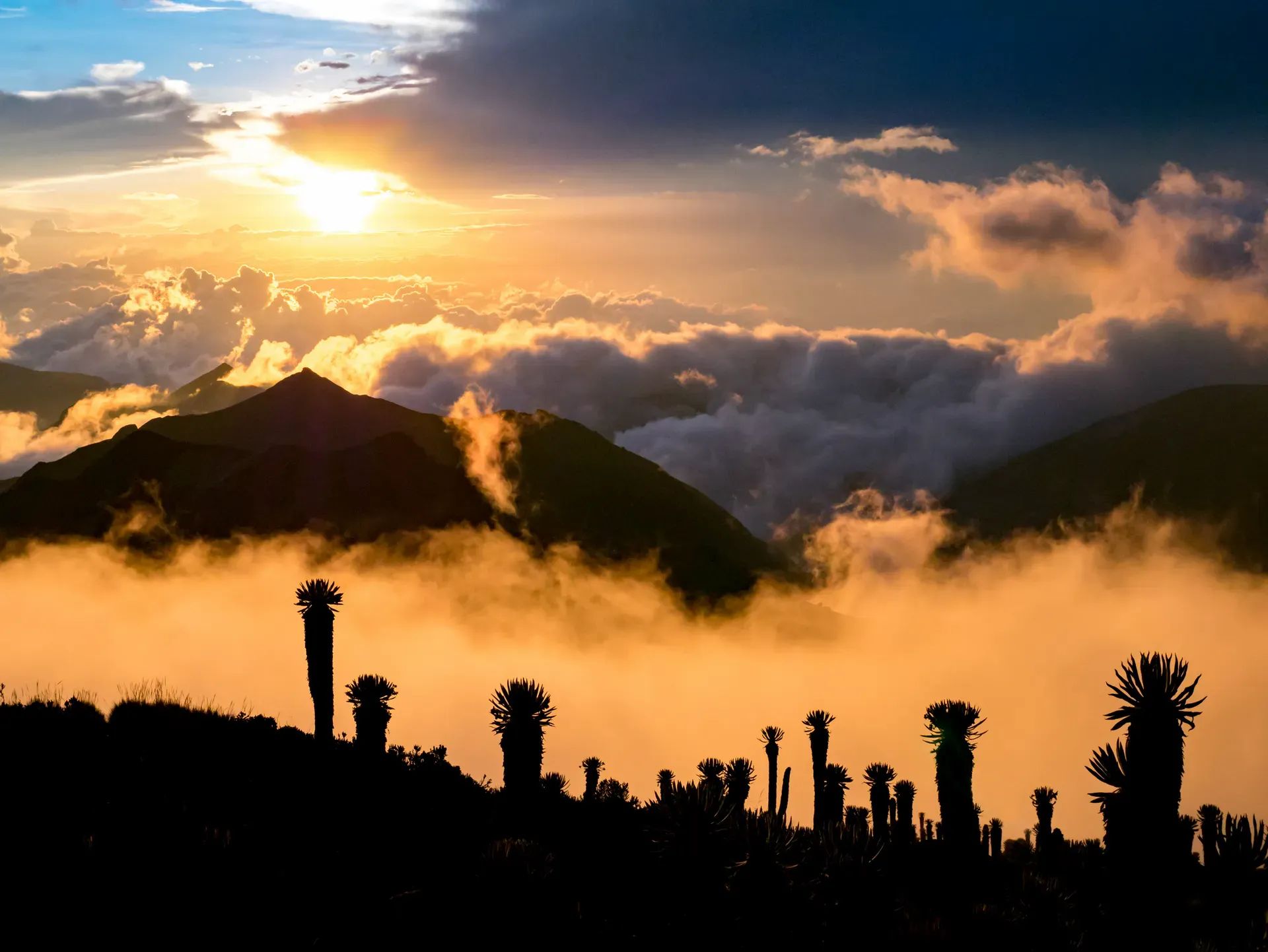
In her book on Colombia’s Nature Parks, travel writes Laura Sesana states that “from its active volcanoes and its snow-covered peaks to its valleys dotted with the colossal Andean wax palm, Los Nevados National Natural Park is a place where nature’s awesome power can be seen and felt everywhere.” This is perhaps particularly true on Paramillo del Quindio, a mountain located at the very heart of the park, renowned for its colourful sand and unique geomorphology.
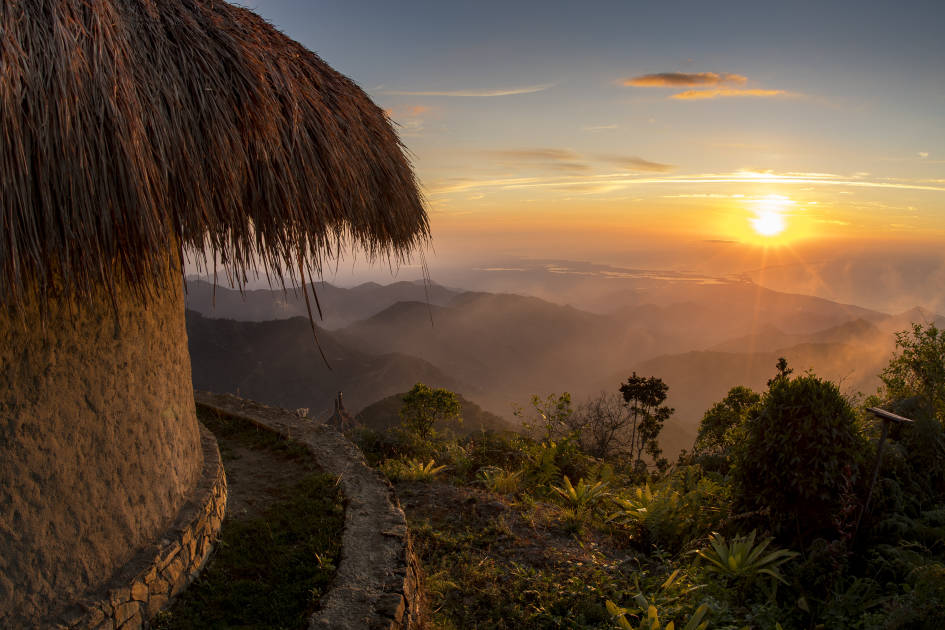
The ascent of Paramillo del Quindio isn’t a particularly technical one, but it is long and physical. After passing the wetlands around the 4,200m mark, source of the Cardenas River, you climb to the extinct volcano crater above. From the peak of 4,750m - one of the highest in the park - you can look out from the glacial peaks of Santa Isabel and Ruiz Nevados to the Otun Lagoon.
If you visit this area, you’re also able to extend your trip with a visit to the humid Cocora Valley and the famous Cloud Forests. You can also leave the Andes and seek out the highest coastal mountain range on Earth - the Sierra Nevada de Santa Marta mountains, where a four to five day hike will take you to Ciudad Perdida, the Lost City, shrouded in history, tradition and mystery.
2. The O Circuit, Chilean Patagonia
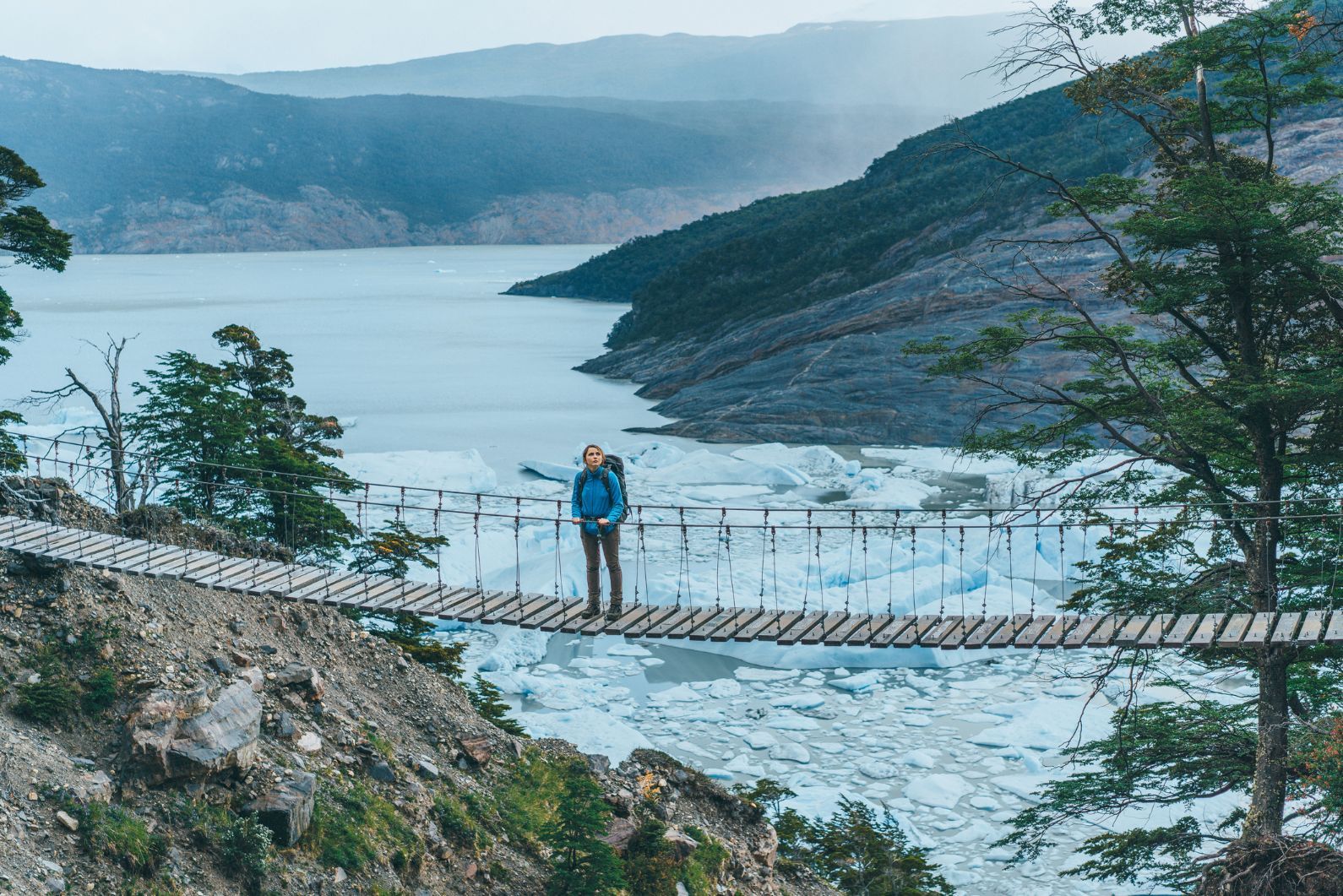
The W Trek is the most famous hiking trail through Torres del Paine National Park, and possibly the most famous hiking trail in Patagonia. The O Circuit, though, forms a full loop around Torres del Paine National Park (and actually includes the W Trek), making it the ideal option for those who have the time and desire to see the full park.
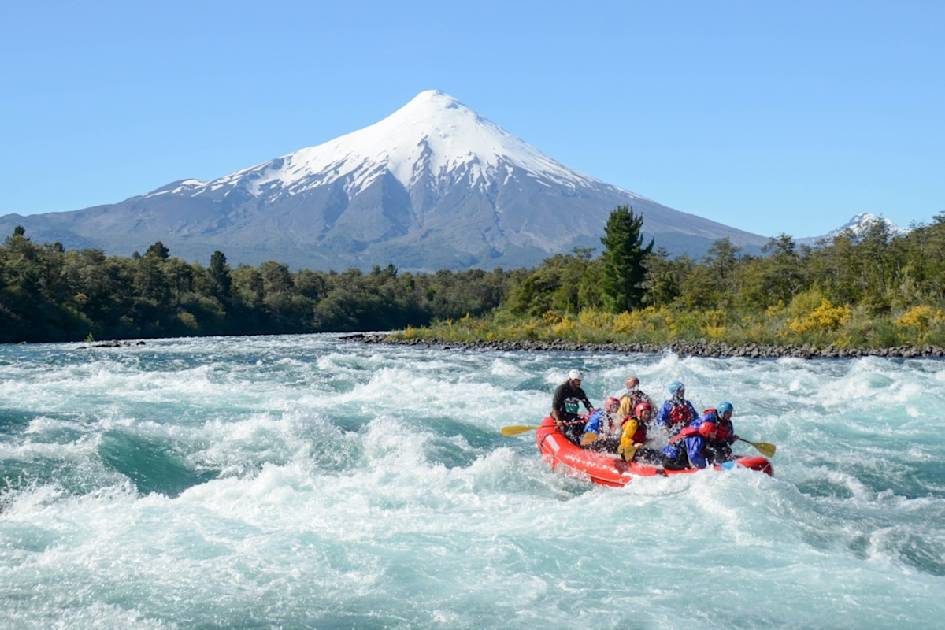
The W Trek will take four or five days, and cover 50 miles, whereas the O Circuit takes seven to nine days, and is closer to 75 miles. On both hikes you’ll get to see the famous Torres del Paine (towers of Paine), on the east side of the park, and Glacier Grey. But on the O Circuit, you’ll spend more time on long flats, walking with the famous Patagonian wind, relaxing by Lake Dickson, hiking through the valley of the Rio Los Perros and reaching the high point of the John Gardener Pass (1,241m). The view of Glacier Grey from the pass is amongst the best views in Patagonia.
3. Climb Cotopaxi, Ecuador
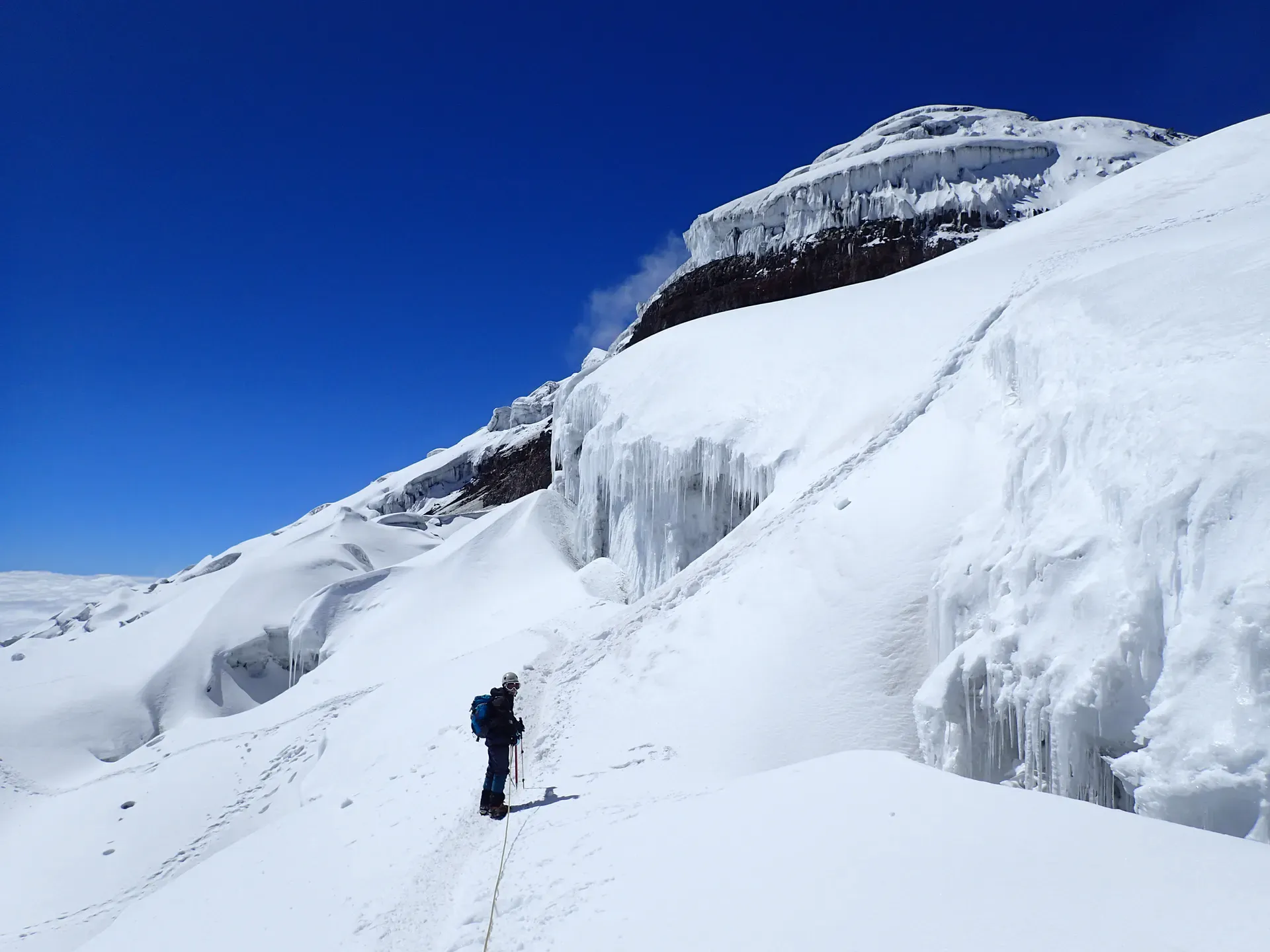
To get to the 5,897m peak of Cotopaxi, one of the highest points in Ecuador, you’ll have to go through the Avenue of Volcanoes first. On your way to the iconic summit, you’re going to be picking up life-changing adventure memories like a kid plucking sweets out a cinema pick ‘n’ mix. From the Valley of Los Chillos, you can hike to Hacienda Santa Rita, at 3,280m. A big day of hiking will take you to the Pasochoa Volcano. Look inside and you’ll see the Pasochoa Forest Reserve, a protected cloud forest within the extinct crater which houses 110 species of birds including condors, and 45 species of trees.
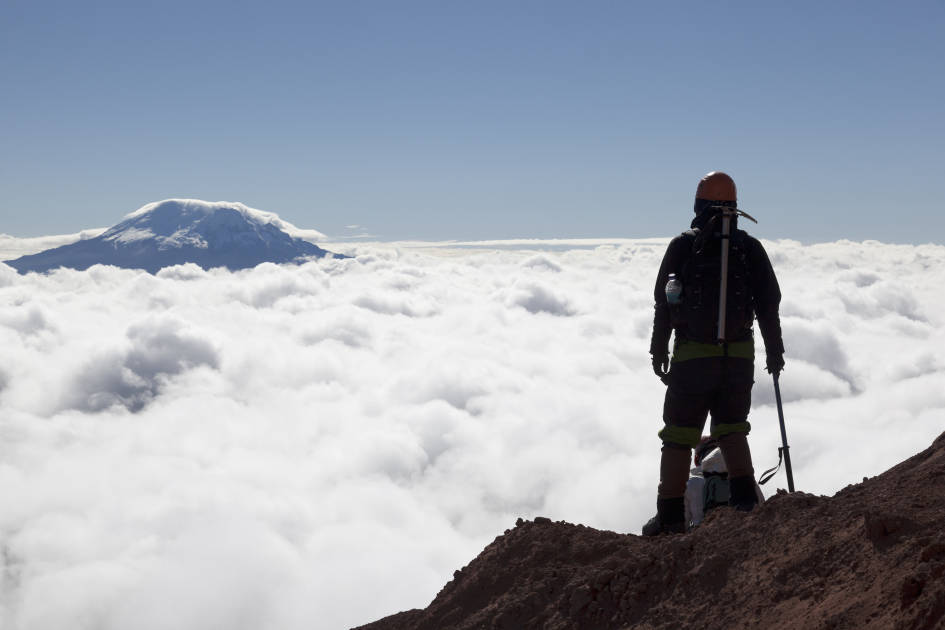
You can spot hummingbirds at Hacienda El Porvenir, and climb the 4,600m Rumiñahui deep into the Cotopaxi National Park - where you’ll climb a dramatic ridgeline to earn panoramic views. Then before you know it, you’re acclimatised and it's time to climb Cotopaxi itself.
First, you’re going to climb to the Jose Rivas refuge at 4,900m. Then after an overnight stay, and some lessons in glacial hiking, it’s a 1am start and a trip up to the peak of Cotopaxi to look down on almost all of Ecuador. From the top, you can look into the crater of Cotopaxi, which is an enormous 800m in diameter, and which still emits some gases and steam.
4. Salkantay Route to Machu Picchu, Peru
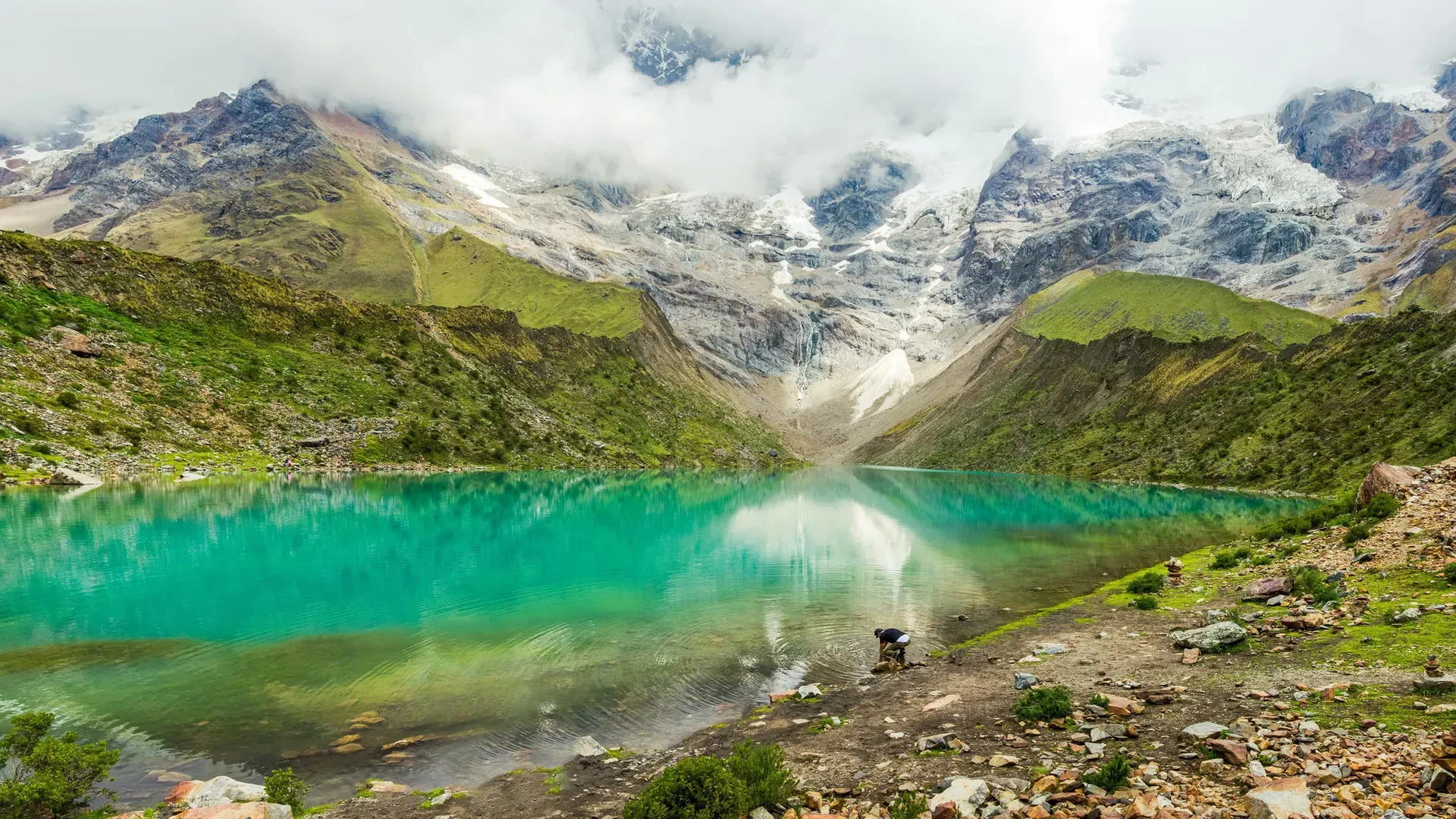
The most traditional route to climb Machu Picchu is, of course, the Inca Trail. This is famous for a reason. It’s beautiful. But it’s also pretty crowded these days. We’d instead recommend taking the Salkantay Route, which will see you walk from the ancient capital of the Incas - Cusco - to Machu Picchu. It’s a 46-mile route peaking at 4,600m at the Salkantay Pass.
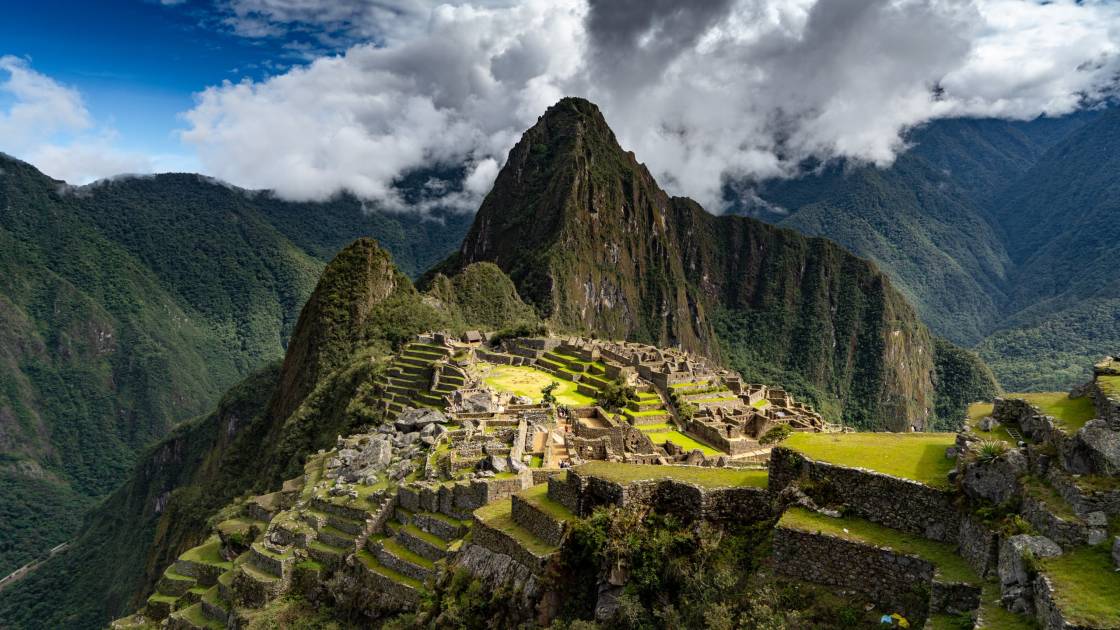
On the Salkantay Route, you’ll explore the Sacred Valley, split between Pisax and Ollantaytambo. You’ll trek to Soyrococha via the glimmering Humantay Lake, where huge rugged mountain faces tower over the turquoise water. You’ll head on and over the Salkantay Pass on your way to Huayracmachay, looking on to the Pumasillo and Humantay mountains, and pass the Santa Teresa River and rainforest of the Llactapata Inca site before climbing to Machu Picchu. The ancient site is one of the best preserved archaeological sites of its time, and dates all the way back to around 1450 AD, when it was built for the Incan emperor Pachacuti.
5. Trek to El Altar Volcano, Ecuador
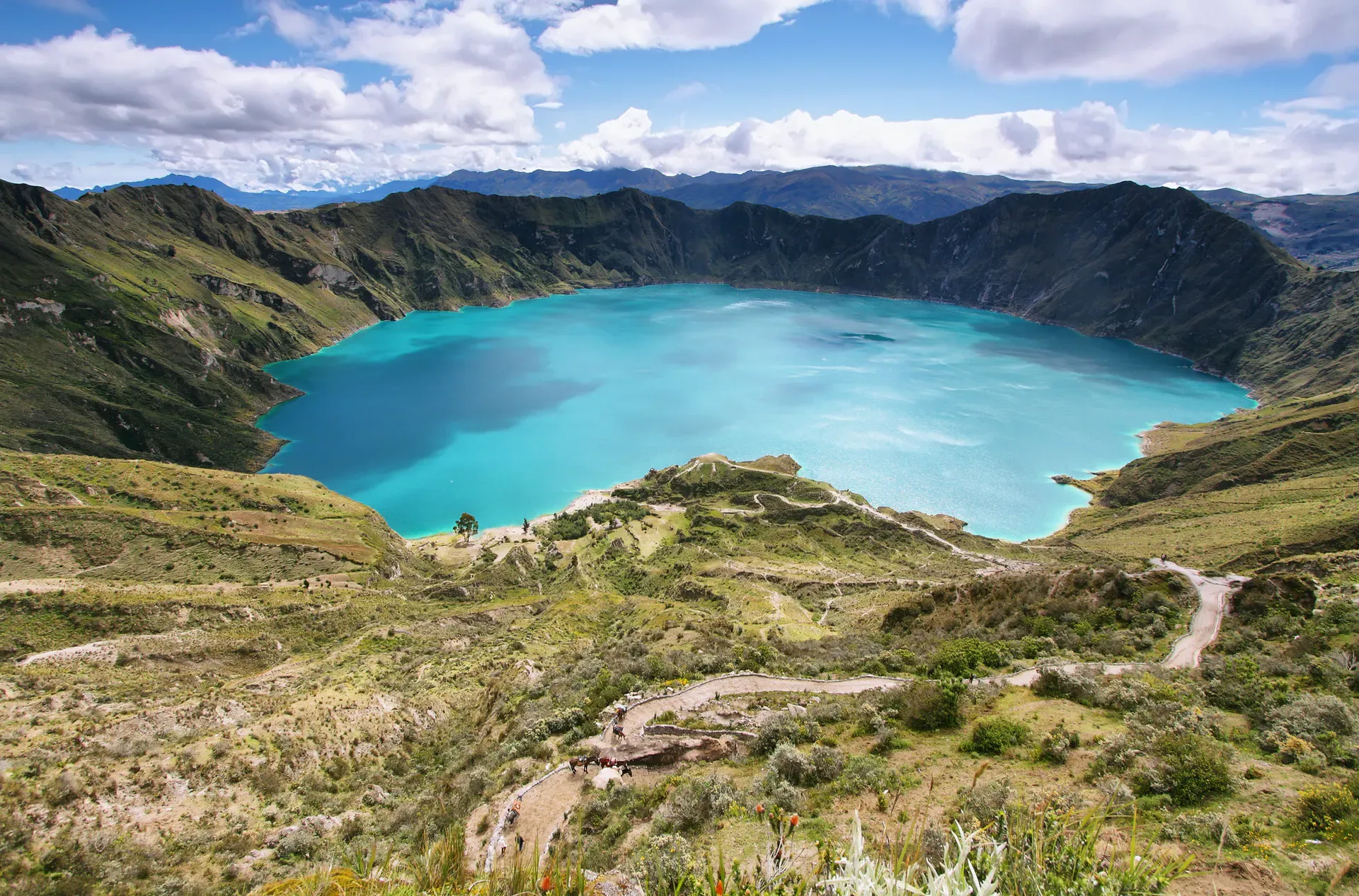
Not enough volcanoes for you yet? Well, clip in for more. Cotopaxi is an absolute beaut, but there’s a lot more to hiking in the Ecuadorian Andes than just the country’s highest peak.
We love El Altar - a volcano in the UNESCO-protected Sangay National Park. To get there, you have to climb from the Capac Urcu Refuge, taking in the Andean paramos grasslands, and earning beautiful views of the El Altar crater lake - with the huge volcano walls on every side.

What’s great about this trek isn’t necessarily the summit goal, but the journey there.
Before you reach El Altar, you can visit the Cayambe Coca National Park, an ecological reserve full of waterfalls, lagoons and hot springs. You can hike to Toachi Canyon and follow the Toachi River to Chugchilán, where you can meet locals. The remarkable Quilotoa Lake is bright blue, and a real highlight of the trip, and from there, you can walk to Chimborazo Volcano, which at 6,310m is the highest mountain in Ecuador and one of the highest mountains in the world.
After El Altar, visit the Yellow Lake or climb the Thielmann Glacier on Chimborazo before heading home to Quito. This is an incredibly versatile, and really quite remarkable region.
6. The Route of Parks, Patagonia
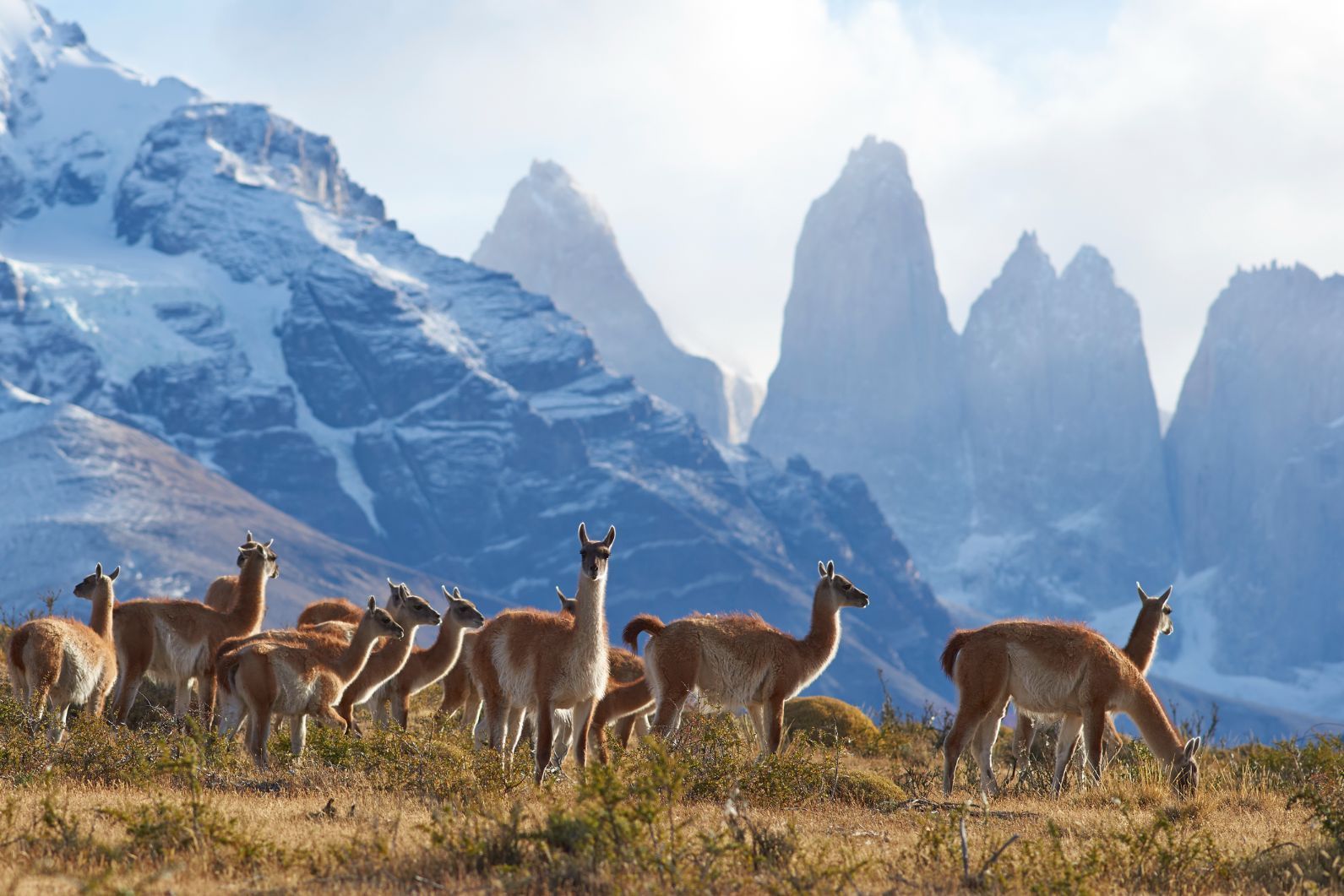
The Route of Parks is a 1,700-mile hiking trail which runs through every single national park in Chile, starting in northern Patagonia and finishing at Cape Horn. Along the way it combines three pre-existing trails, namely the Carretera Austral road, the central fjordlands, which are only accessible by ferry, and the End of the World route in the far south of Patagonia.
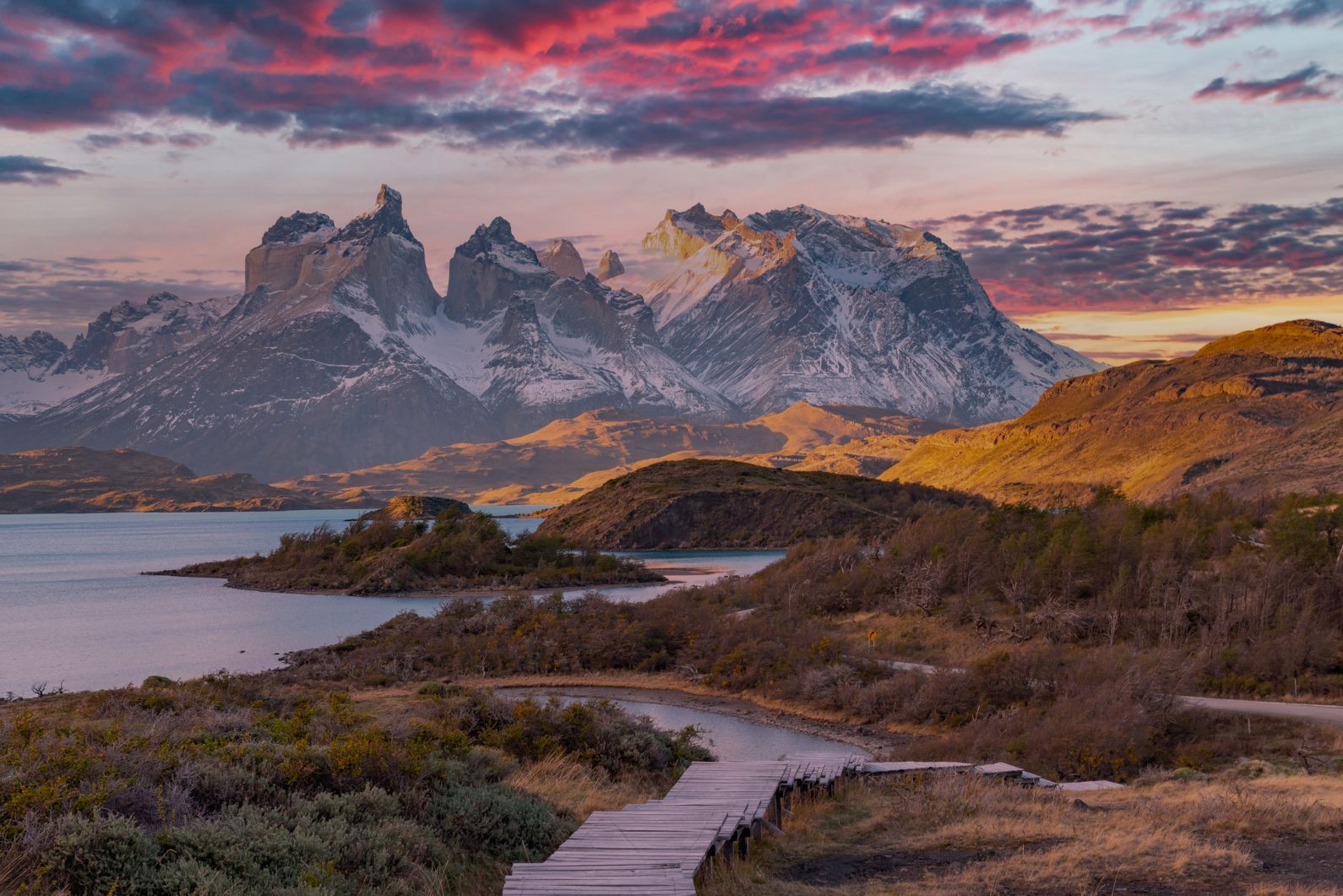
This is a trail rooted in environmentalism. It was created after the Tompkins Foundation - started by Doug Tompkins (co-founder of the North Face) and his wife Kris McDivitt Tompkins (former CEO of the Patagonia) - donated over a million acres of land to the Chilean state, creating five new national parks and expanding three others in the process.
Tourism is already well established in certain areas of Chilean Patagonia - namely Torres del Paine, Punta Arenas, Puerto Montt and Balmaceda. The hope of creating the Route of Parks is that it brings tourism to other areas too - providing new income streams for local communities.
7. The Illampu Circuit, Bolivia
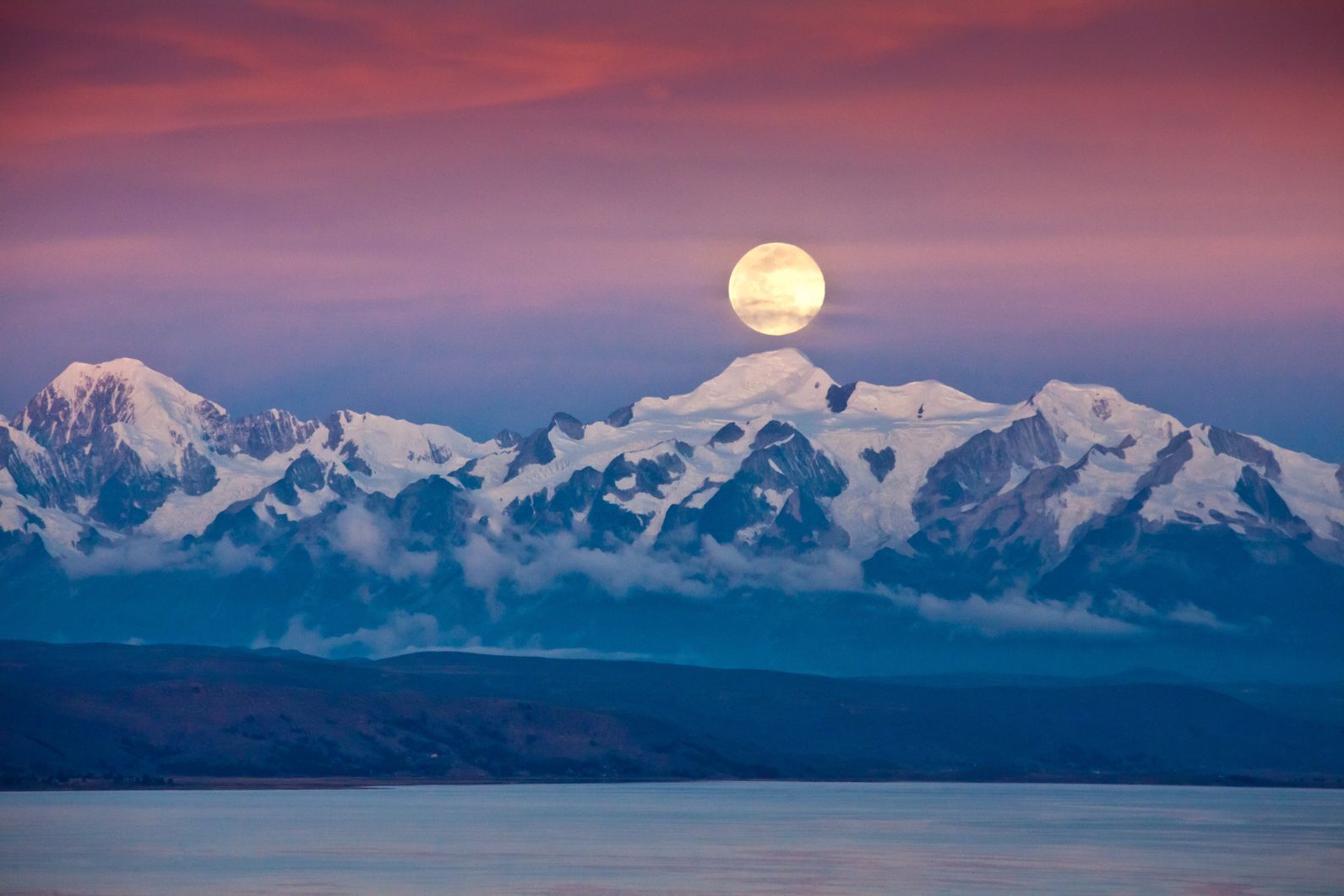
The Illampu trek is a challenging, six to seven day hike which covers a 60.5 mile loop.
Starting from the main square of Sorata, a town which is easily reached from La Paz, you’ll first head to Quillambaya, then onto grassy planes full of curious llamas. The Illampu pass will take you up to 4,740m, and from there the mountain of Illampu, 6,300m high, towers ahead.
In the days that follow, you’ll tackle the Karahuasi pass and Sarani pass. You’ll reach remote villages like Cocoyo, in green valleys. The Calzada pass, at 5,045m, is the high point of the demanding circuit, and there you’ll find yourself on the brink of immense glaciers and looking out at incredibly dramatic, far-reaching valley views.
After that high point, you still have some serious hiking ahead, with views of the Nevado Ancohuma, a 6,429m mountain, the San Francisco lagoon, which breaks up an umber, sparse mountainous landscape around it, and the return to Sorata. This is a true wilderness hike.
8. Aconcagua, Argentina
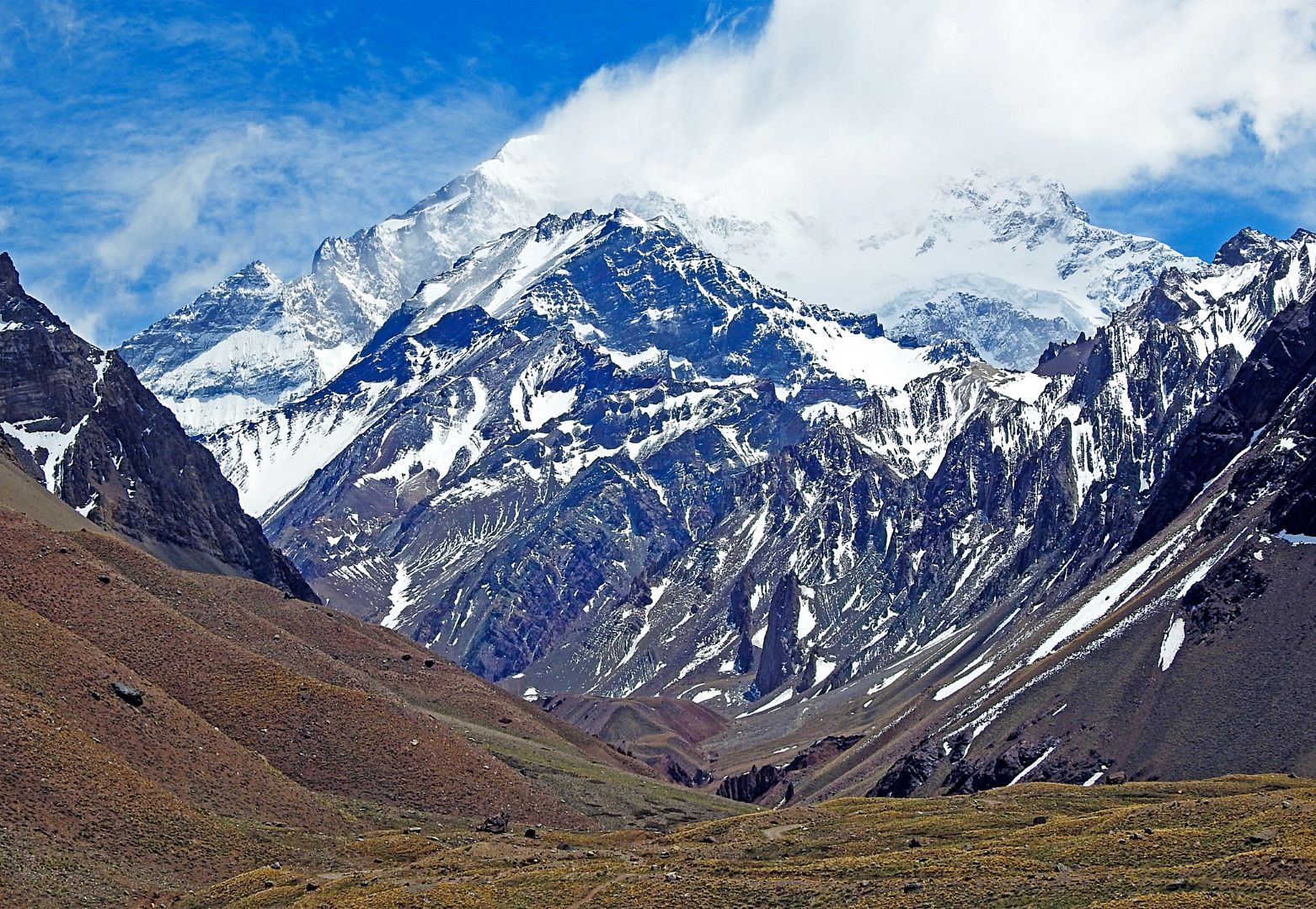
We can’t talk about great hikes in the Andes without mentioning Aconcagua (6,962m), the highest mountain not just in Argentina, but in South America. This is the peak of the Andes.
The traditional route to the top of Aconcagua isn’t actually a technical climb, but the sheer height of the thing, at almost 7,000m, means that it is incredibly challenging. Experience of walking with crampons on, and of using an ice axe, is absolutely essential, and you’ll need to be prepared for some extreme colds up on the mountain. It regularly reaches around -30 C.
As the highest peak on a continent, this is a popular spot for climbers, but it’s a lot more challenging than Kilimanjaro. With time to acclimatise, you’re looking at around 18 days in total for this climb. The ascent itself would be four days to the top, with two days back down and spare days also included in the itinerary, to be used when and if needed.
9. El Choro, Bolivia
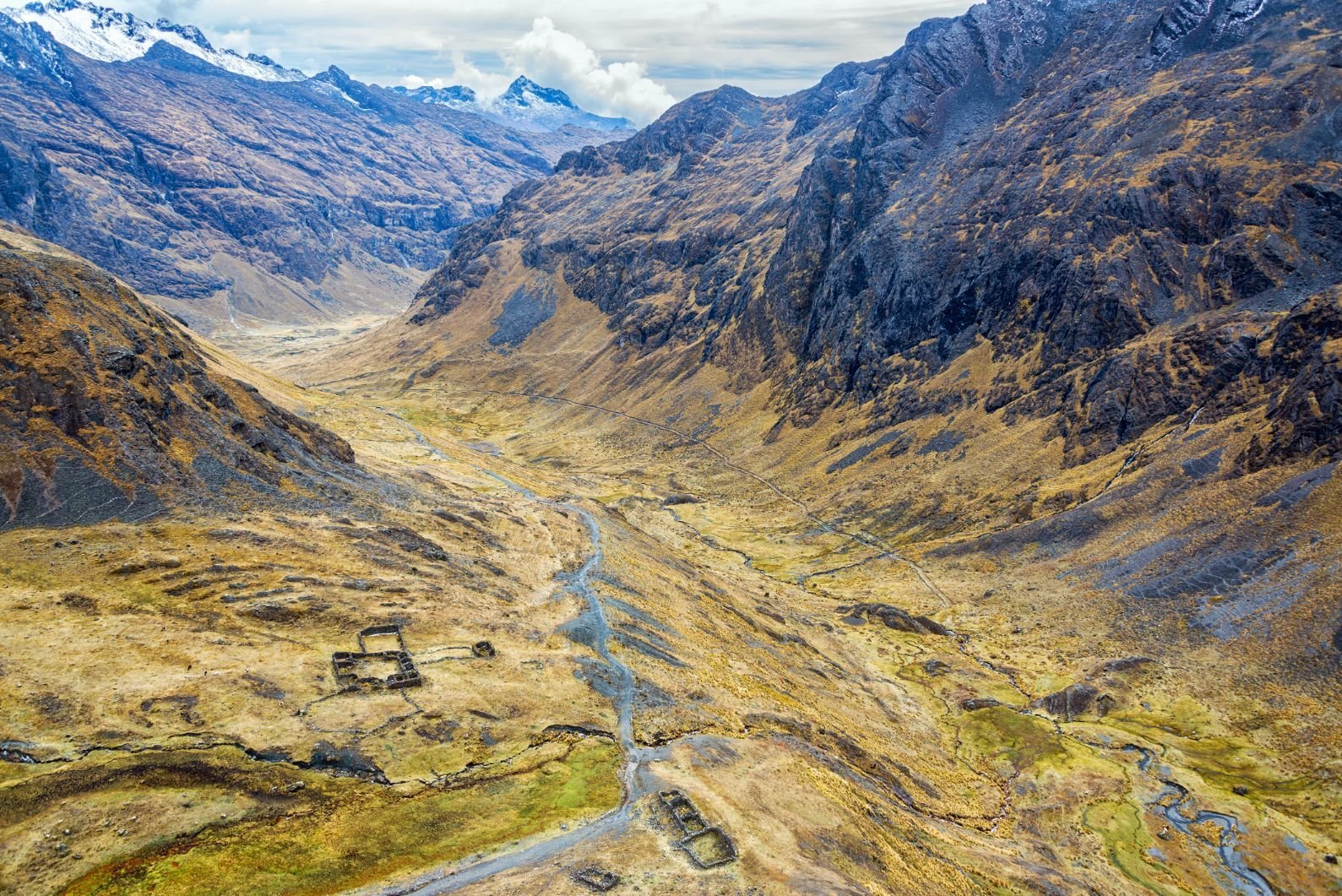
El Choro is a three day trek, and is probably the best known long-distance hiking trail in Bolivia. It starts at La Cumbre pass (easily-reached from La Paz), at 4,600m, and descends back to the city of Coroico at 1,750m - through beautiful forest and mountains bustling with biodiversity.
Day one of the El Choro trek will often see you walking on snow. The Apacheta Chucura, a big pile of rocks, signals the start of the trail. Remember, since you’re descending for much of the trip, this will be the coldest day, and the day at the highest altitude - and things get steep quick.
It’s not all downhill though. The route actually climbs from 4,680m to almost 4,850m before plummeting to 1,260m over the course of the next 30 miles. Bringing hiking poles is a good idea to ease the stress on your knees. You’ll pass the Inca ruins of Tambo Lama Khuchu early on.
Day two will see you walking through the cloud forests of Bolivia and see huge waterfalls plummeting down rock walls, surrounded by greenery. Day three sees you finish the trek in Chairo. From there, you transfer to Coroico. The scenery on this walk is similar to what you’ll see on the famous Death Road, but with fewer bicycles, and a less intimidating name.
10. Journey to the Samana Watershed, Colombia
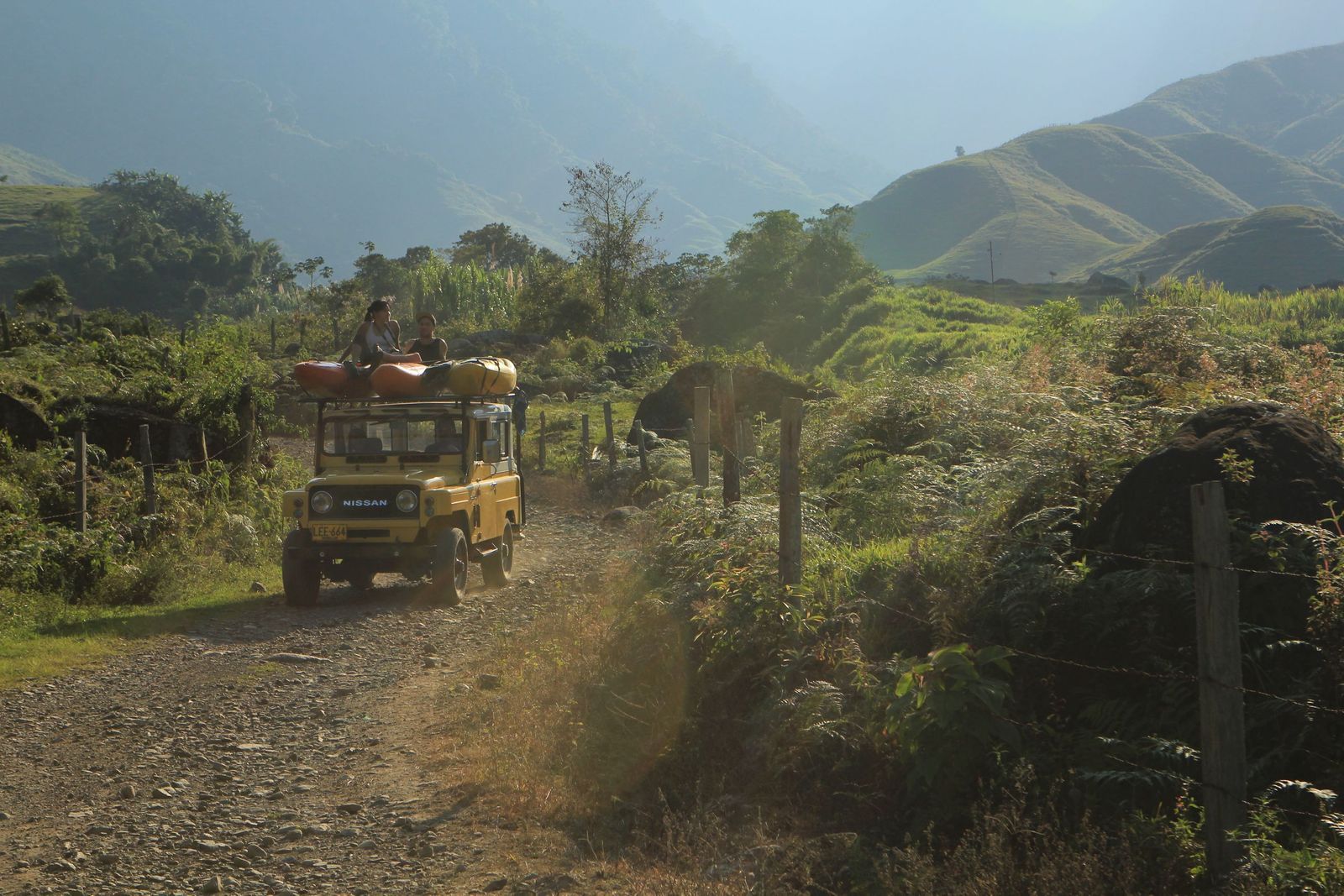
If you want to pair an Andes adventure with a visit to the remarkable city of Medellín - set in the mountains and with a history as interesting as any in the world - this is the adventure for you.
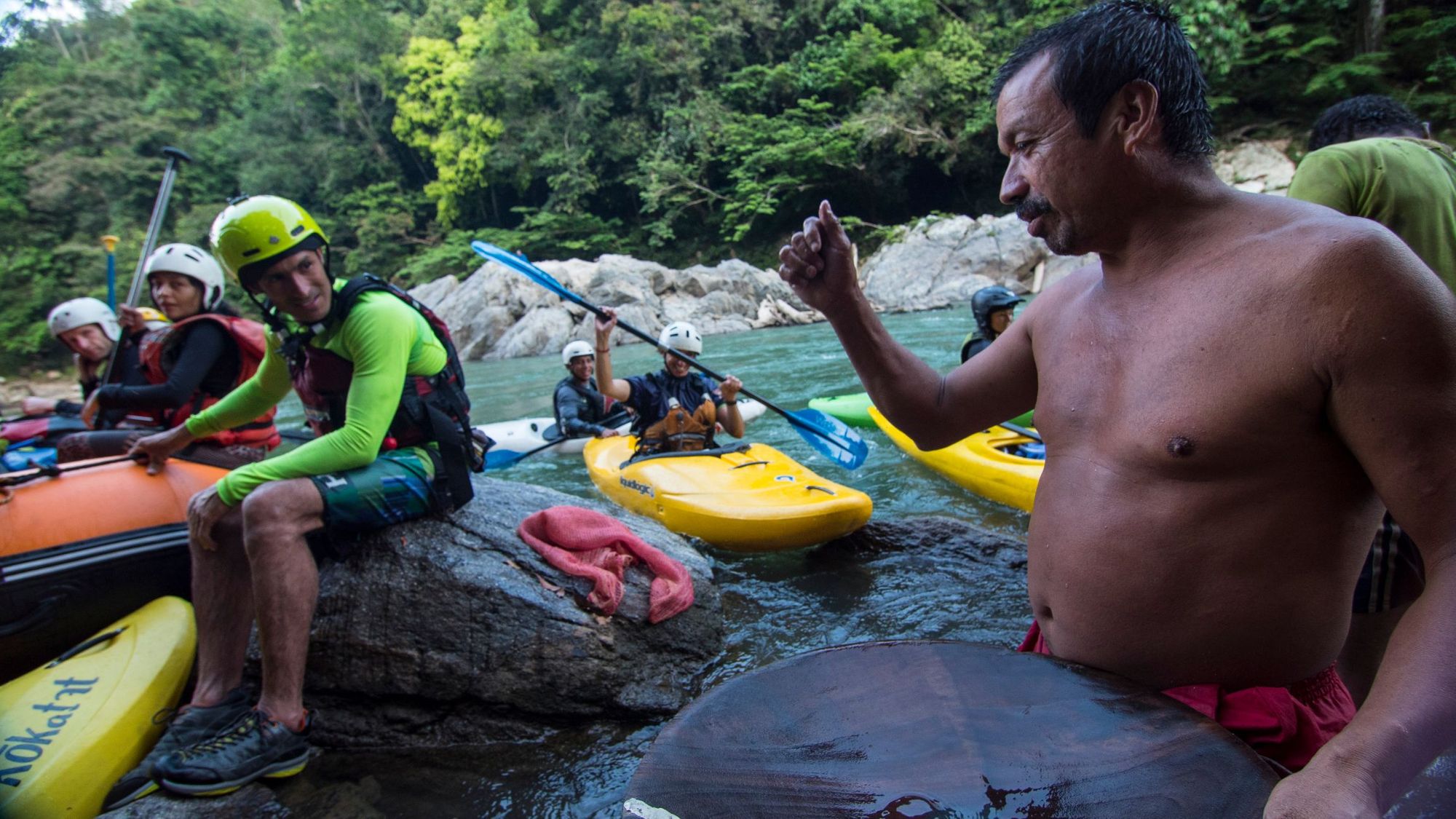
The Samana is a river in a remote jungle in Antioquia. It used to be a former FARC front, and in other times used to house the now defunct Medellín cartel. This tropical paradise is rarely visited by tourism, but it is adventure tourism that has prevented it from being dammed in recent years. As you hike in to the valley of the Rio Verde of Los Henados, you’ll walk through lush greenery and areas as rich in biodiversity as anywhere in the world.
This certainly isn’t your traditional Andes hike. You don’t have the big rugged, mountain faces on this one, or the 5,000m volcanoes and peaks to climb. But for those who want to visit Medellín, and then combine an epic, 100km adventure - mixing hiking and rafting - this is a proper beauty.
FAQs

What are the best long-distance hikes in the Andes?
The best long-distance hikes in the Andes include Patagonia’s iconic O Circuit, and routes to Machu Picchu such as the Salkantay Trek or classic Inca Trail. Other highlights include the remote Huayhuash Circuit in Peru and Ecuador’s Avenue of Volcanoes trek.
When is the best time to hike in the Andes?
The best time to hike in the majority of the Andes is during the dry season, which runs from May to September. These months offer clearer skies, less rainfall and more stable conditions for trekking across high mountain trails. However, in Chile and Argentina, the best time to hike in the Andes is in the southern hemisphere’s summer months of November to March.
How to prepare for altitude on Andean hikes?
Prepare for altitude on Andean hikes by spending a few days acclimatising before your trek, staying hydrated, avoiding alcohol and ascending gradually. Guided Andean treks will have carefully considered altitude gain, with days for acclimatisation. Trekking slowly and recognising symptoms of altitude sickness are key to a safe experience.
What are the best long-distance treks in Patagonia?
The best long-distance treks in Patagonia include the O Circuit and the W Trek in Chile. These trails traverse the glacial valleys and granite spires of the iconic Torres del Paine National Park. The Huemel Circuit, near the Argentine town of El Chaltén, is also popular.
Are there any good day hikes in the Andes?
There are plenty of excellent day hikes in the Andes Mountains. Some options include Palcoyo, the ‘alternative rainbow mountain’ in Peru, the Base of the Towers hike in Chilean Patagonia and an ascent of Rumiñahui (4,600m/ 15,092ft), a volcano in Ecuador.
Inspired? Check out our full range of adventure holidays in the Andes now!



